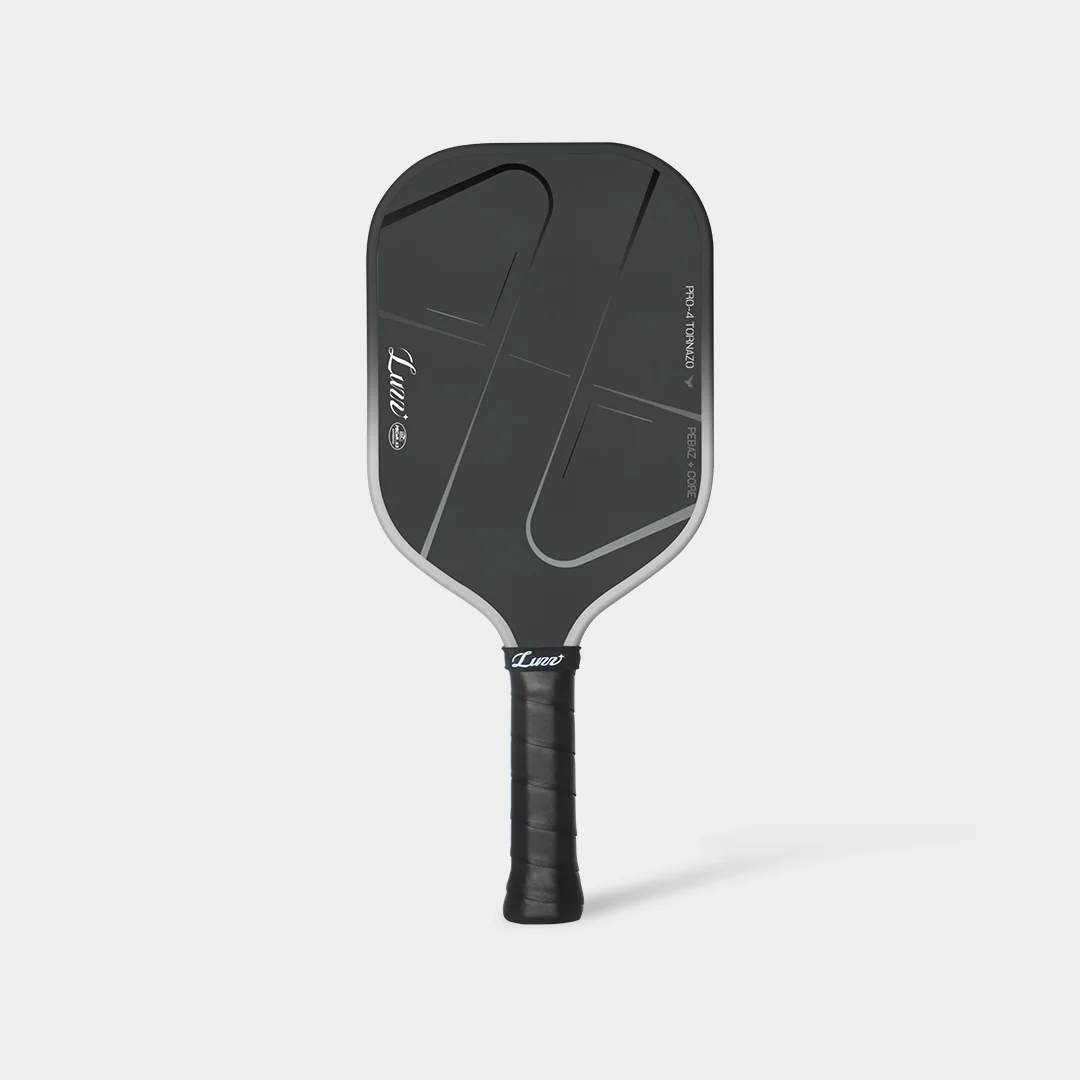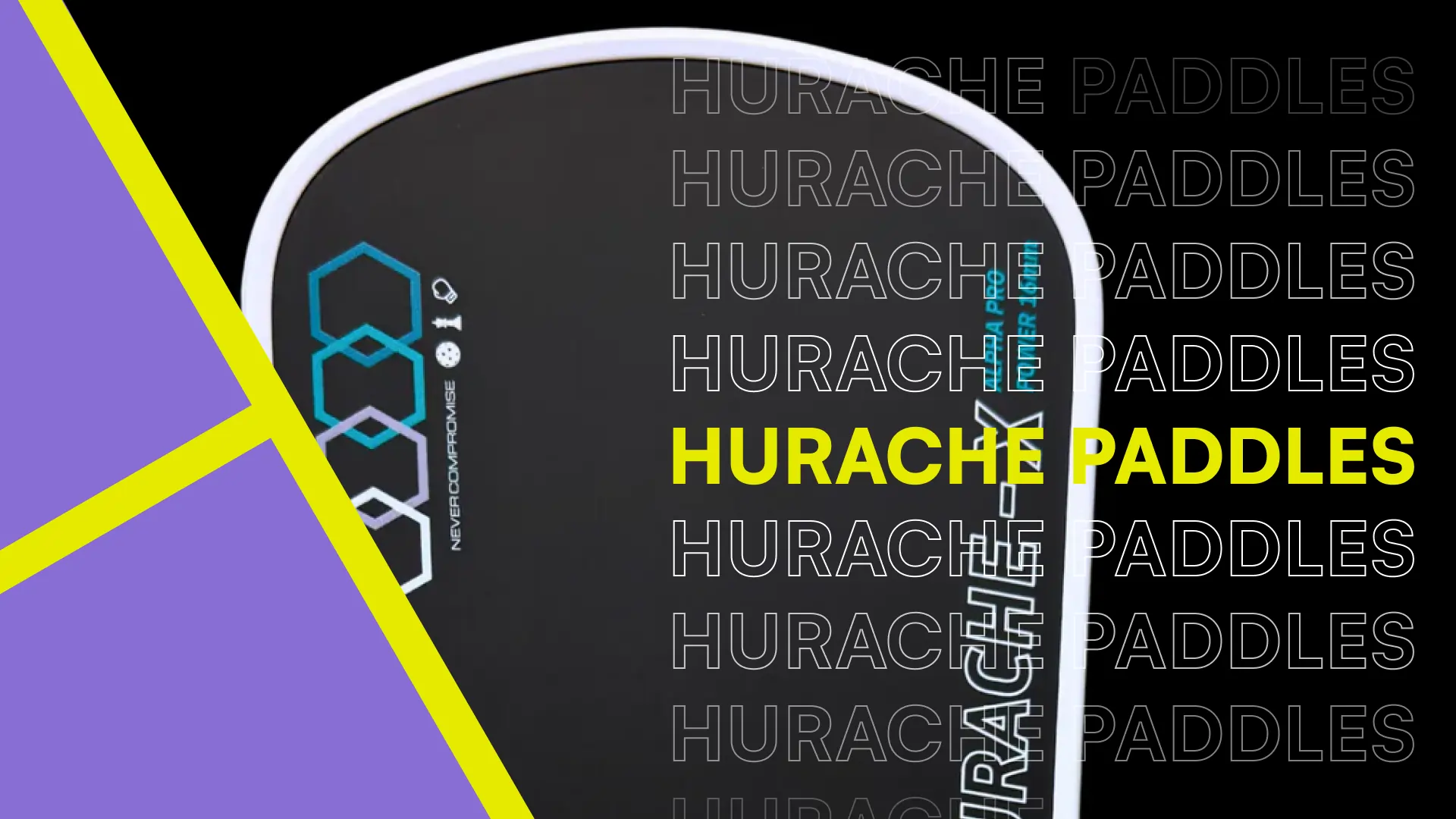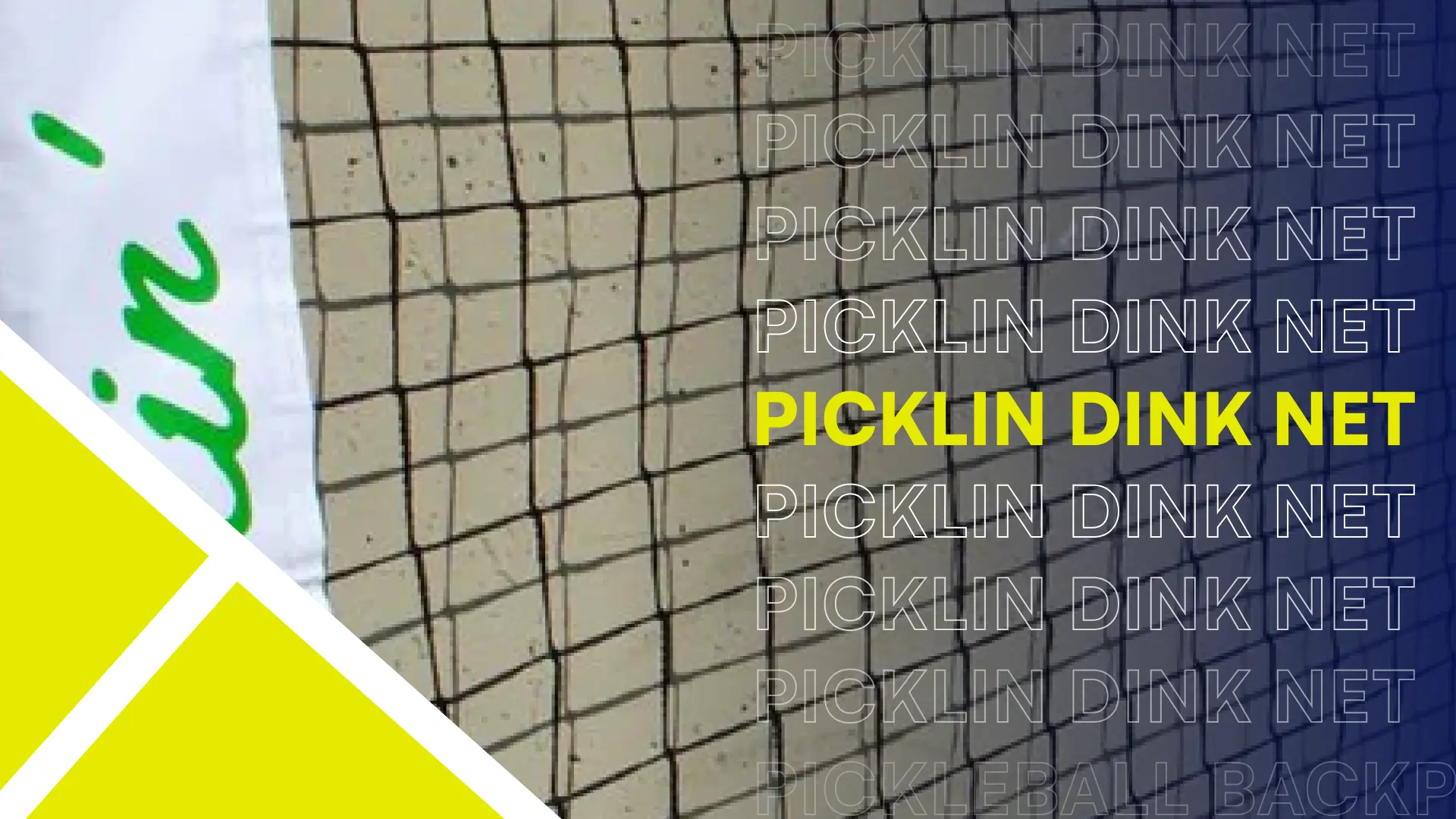Luzz Pro 4 Tornazo Pickleball Paddle Review
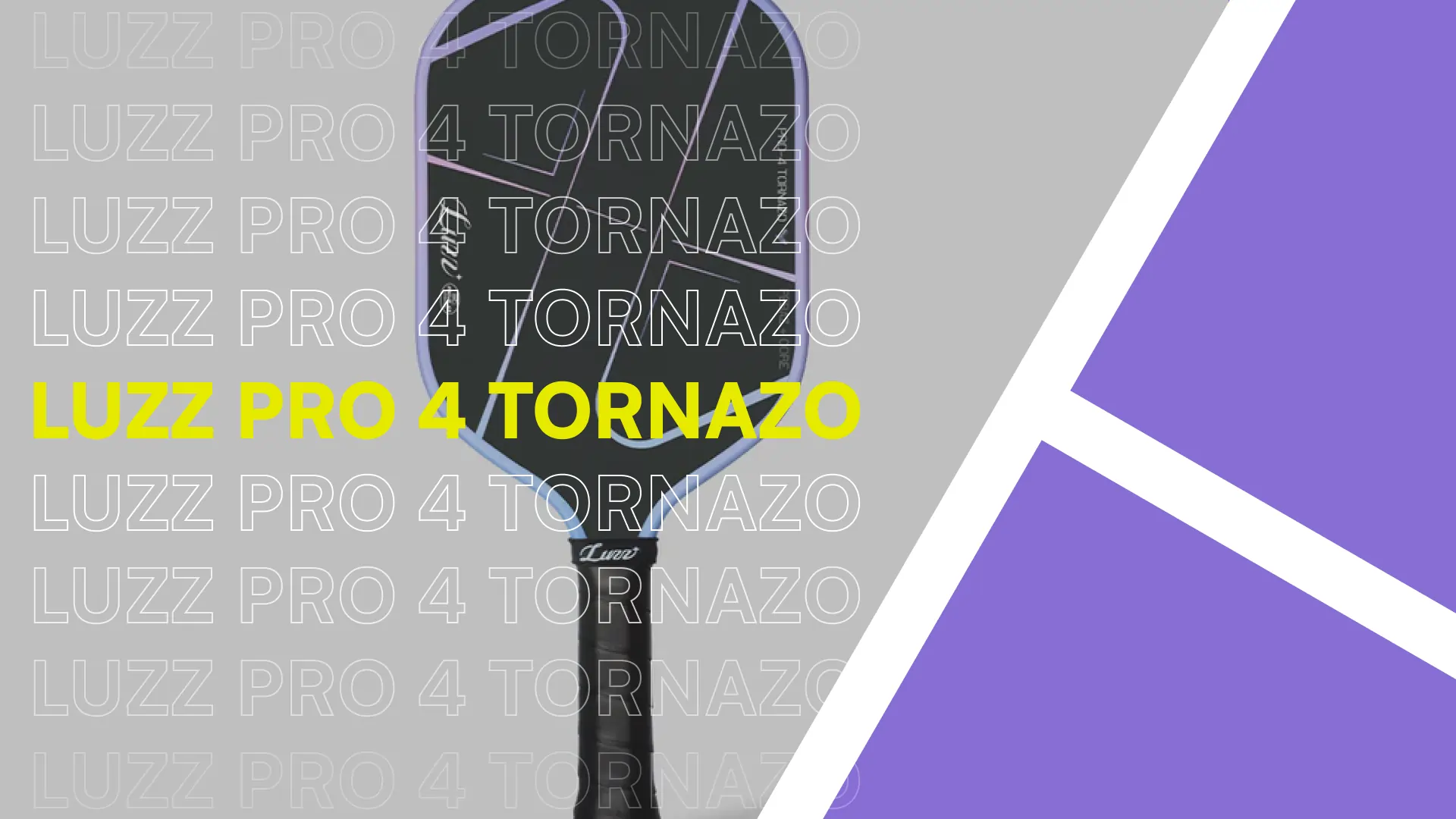
Today we're going to talk about a specific paddle known as the Luzz Pro 4 Tornazo. You may have heard of Luzz from our last review of the Luzz Pro 4 Inferno, or from a popular Gen 3 paddle known as the Luzz Cannon, which has been used by a number of pros on the PPA Tour.
The Cannon was always known as a pretty powerful paddle for a very reasonable price. If people wanted a paddle with a lot of power but didn't want to shell out for a Joola or an expensive Selkirk paddle, the Luzz Cannon was a strong choice.
After the success of the Luzz Cannon, the Luzz company has come out with two higher-end Gen 4 foam paddles, the Inferno and the Tornazo. As mentioned in the last review, the Inferno is a very powerful and poppy foam paddle that is both loud and hits quite hard while still getting quite a bit of control and spin.
In this review, we're going to go over the new Tornazo paddle and break down its pros and cons and also its differences compared to these other paddles.
If you decide to get the Cannon or the Inferno or Tornazo, you can get 15% off your purchase with the code “11pickles” at checkout. We were not compensated for this review, but Luzz did send over a trial paddle to give an honest and detailed breakdown. You can get the Tornazo here.
I used this paddle as my main paddle for about two weeks with roughly 20 to 30 hours of playtime to try and get as much understanding of this paddle as possible.
Powerful, Poppy, and Spinny
The first thing I noticed was that the paddle feels very similar to the Inferno and actually plays quite similar to it as well.
While the Inferno was extremely loud, the Tornazo was still quite loud, but quite a bit less so compared to the Inferno. It also felt a little less hollow when hitting with it.
Similar to the Inferno, it doesn't play quite the same as most foam paddles. It still doesn't feel super cushioned, and it's still extremely poppy.
I would definitely categorize this paddle as a power paddle. It hits quite hard, maybe just a tad less hard as the Inferno, but on a very similar scale. Again, it is not going to compare in terms of power to the Selkirk Boomstick, the Gearbox, or the Flick F1. And it's ever so slightly less powerful than the Luzz Inferno. But it is still a very, very strong paddle when it comes to power, and with the exception of those top-end power paddles I'm pointing out, it is quite powerful.
The swing weight on the Tornazo is a little bit higher than the Inferno, and it is definitely noticeable when playing these side by side. There is a little bit more plow through and also slightly slower movement because of the weight with the Tornazo. The sweet spot is huge and quite forgiving, and honestly, hitting with the Tornazo, it felt like it was easier to shape the ball than hitting with the Inferno, although again, they hit fairly similarly, so these are marginal differences.
It did not take very long to get used to the paddle and immediately get into it. I had a few friends also try this paddle as well as the Inferno, and they were both able to adapt to these paddles very quickly because they are relatively easy to control but also have that power. For some of those players, the extra power and spin immediately elevated their gameplay. There was no break-in period.
Hard to say for sure because again, the paddle plays fairly similarly, but the paddle did feel a little poppier. Just seemed like the ball was coming off the face of the paddle a little faster.
The ball flew off the paddle face on some hands battles.
Similar to the Inferno, the edges on the paddle do scratch off fairly easily. The Inferno is a much more colorful paddle, so it shows up more aggressively, whereas here it's a little harder to see. But still definitely happening.
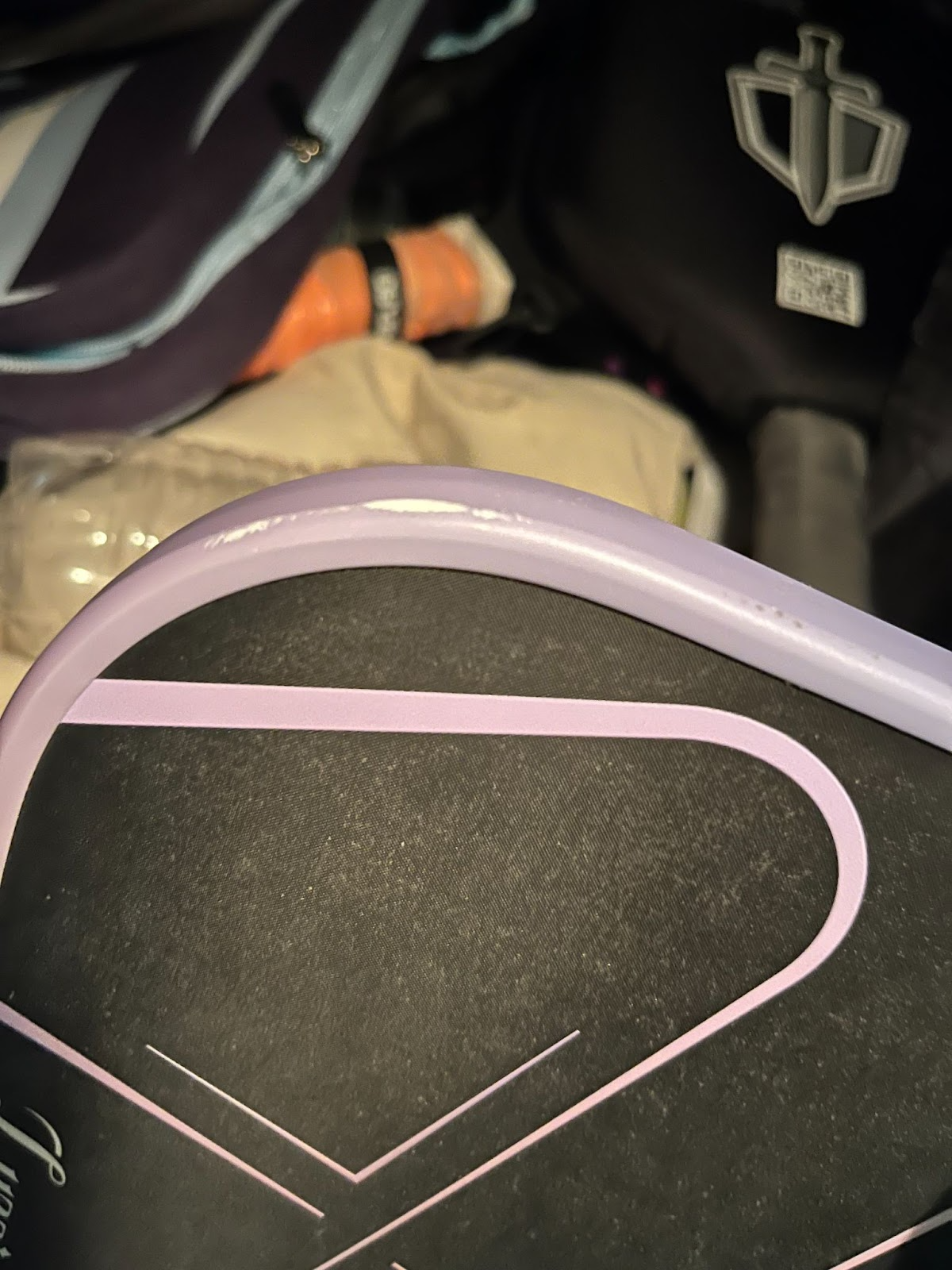
This Paddle Is For Power Players Who Don’t Want To Sacrifice Control
As usual, I try not to give one-size-fits-all paddle recommendations because every player is a little bit different, and a paddle that's a great fit for one person may not be a great fit for another.
The type of person who would like this paddle is actually, once again, very similar to the type of person who would like the Inferno. Players that want to access that aggression but don't want to give up control or haven't fully mastered the control shots and don't want a paddle that is completely unforgiving are great fits for the Tornazo.
For the Inferno, I mentioned it was also great for tennis players and also for players who might want to play with a boomstick but don't want to shell out the extremely expensive price tag of a boomstick. That generally holds true for the Tornazo as well, although I will say the Inferno plays slightly more similarly to the Selkirk Boomstick than the Tornazo does. If you are slightly more oriented towards more pop or shape on the ball, the Tornazo shines a little bit more there.
But honestly, it's hard to say. Having had a few people try these paddles, some people preferred the Inferno and others preferred the Tornazo, and a lot of it was just a feel for how they hit their shots. Both hit fairly similarly, Tornazo with a little more pop and Inferno with a little lower swing weight but a little bit more power.
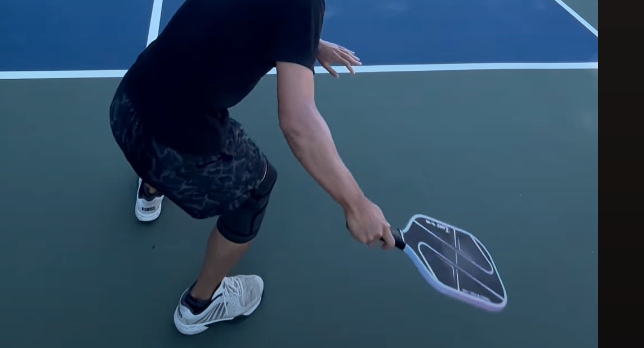
Understanding the Specs
Once again, similar to the Inferno, this is a foam core paddle. This is one of the higher-end Gen 4 foam paddles, and there are benefits of that. This is a different type of foam core, and it's structured differently as well. We will get into those differences and what makes it unique, and also why the paddle feels different as a result of some of those technological changes.
That said, we are also not going to go into the nitty-gritty science and instead talk more about the impact of those decisions from the paddle perspective.
Let's start with why foam has been all the rage and why you might want a paddle that is a foam paddle.
Basically, Gen 3 non-foam paddles were very powerful but had one big drawback, which is when the core of the paddle got crushed, they became what's called delaminated. Delaminated paddles were very erratic and can also hit extremely hard. These paddles are not tournament legal and are also not useful anymore, especially for players that hit really hard. That's a big problem because, as you know, pickleball paddles are not cheap. And some of the most susceptible to these issues were Joola paddles that cost $250-$400.
Foam paddles solve this problem by adding the foam as the core construction for the paddle. These paddles do not core crush and thus have much longer lifespans theoretically.
This is good because if you do want to buy this paddle, which is certainly on the expensive side, it is a top-tier paddle but on the cheaper end of the high-end paddles. You want to be able to play with it for a very long time. On top of this, Luzz does also offer a strong 1-year warranty which seems to cover any issues involving the paddle performance or core crushing. As of this writing, this is one of the strongest warranty offerings available amongst any paddle company.
Now let’s talk about the foam and what makes this paddle different in its construction. The biggest difference is the use of PEBAZ core tech, which adapts PEBA (known for its bounce and resilience) which is used in running shoes in the core of the paddle. This is likely what leads to the pop difference that is noticeable in this paddle. As of this writing, this is the only paddle in the market that uses this technology.
The foam part of this paddle is an EPP (expanded polypropylene) foam. Again, won't get into the science here, but this form of foam in paddles is great for energy absorption, increasing durability, and creating larger sweet spots on the paddle. This is different from the MPP (modified polypropylene) that the Inferno uses, which provides both control and power.
This paddle comes in at 8 ounces, which puts it in the midweight category and has a swing weight of 122.5 and a twist weight of 6.11 (compared to 119 swing weight of Inferno). A heavier swing weight generally means more power. It's the weight when you're actually swinging the paddle, and this swing weight puts it on the higher end of most paddles that are available. The twist weight means the paddle is more resistant to rotating when you hit the ball off-center. Basically, it means there's a decent sweet spot. From play, I couldn't notice any smaller sweet spot. Both the Inferno and Tornazo had great sweet spots, but I could notice a slight difference in that swing weight. The extra swing weight here didn't seem to add much extra power, but it does change the feel of the paddle itself.
As of this writing, the Luzz Pro 4 Tornazo is dual approved for both USAPA and UPA, meaning it can be used in casual, local tournaments as well as pro tournaments. In fact, the Tornazo is used by some professional football players in Asia.
As of this writing, the Luzz Pro 4 Inferno and Luzz Cannon are also dual approved and can be used in both pro and local tournaments as well!

How It Compares:
A lot of what I'll say here is very similar to what I said for the Inferno review, which is that in terms of similarity, I would still compare it most to the Pro 4 Perseus, but as a foam version with a friendlier warranty. If I were to compare it more to a Honolulu J2NF, which these days is a pretty popular power paddle. The J2NF, I think, is a little more powerful, but not by a wide margin, maybe just by a little bit. But I do feel like I can feel the paddle a little bit better with the Tornazo. Compared to most of the other foam paddles I've played with, these are more poppy and typically a little more powerful.
But compared to top-end power paddles, which also tend to be a little more expensive, like the Gearbox GX2 Power or the Selkirk Boomstick, this isn't quite there.
Conclusion: Really Solid Paddle With Competitive Price. Become some of my favorite paddles to recommend to friends
Once again, compared to the alternatives, Luzz packs a ton of value for the price. The JOOLA Pro IV Perseus comes with a $280 price tag and isn’t foam and this paddle with code 11pickles for 15% off comes in under $200. Most companies like Joola and Honolulu only offer 6-month warranties. The Luzz comes with a full year warranty.
With good power, decent spin, and a foam core, this paddle likely won't blow anybody away as the most powerful paddle of the year, but this paddle is very competitive amongst a roster of a ton of top-tier paddles coming out this year. And for the price, it's not bad at all. One of the cheaper high-end paddles from a brand most people won't know, but with a paddle comparable in quality.
When first playing with these on the courts, nobody knew what a Luzz paddle was. But after hitting with some of these and learning the price, quite a few players in this area ended up getting themselves a Tornazo or Inferno and have absolutely loved it! A super high-end paddle for a much lower price gives you great power, great spin, great control! Not the top end of any of them, but very good and especially for the price. Once again, if you want to read more about the brother/sister paddle, you can check out our detailed review of the Luzz Pro 4 Inferno here.
Again, if you decide to get the Cannon or the Inferno or Tornazo, you can get 15% off your purchase with the code “11pickles” at checkout. We were not compensated for this review, but Luzz did send over a trial paddle to give an honest and detailed breakdown. You can get the Tornazo here.




